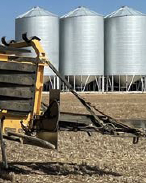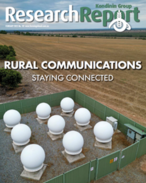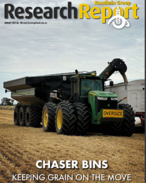This article is 5 years old. Images might not display.
The information and other drought-related resources can be found on-line where Agriculture Victoria says in a difficult season with reduced feed supplies, it can be more economical to early-wean lambs to lower feed costs and ensure that the ewes regain condition before joining.
This practice becomes even more important as the costs of feeds increase.
Ewe's milk provides the main source of nutrition for lambs until about eight weeks of age.
Lambs will sample pasture from about two weeks after birth and by eight weeks of age, pasture overtakes milk as the major portion of their diet.
At this time, milk contributes around 10 per cent of the nutrients lambs require therefore little nutritional benefit is gained by leaving them with their mothers after this time.
To wean lambs early:
- Lambs should be 8-10 weeks of age, minimum of 10 kilograms (kg) liveweight
- They should be marked and vaccinated. If they have been recently mulesed, allow four weeks to recover before weaning to avoid setback
- ‘Train' them to eat grain while still with their mothers (weaners should be well adapted in drought years due to the ewes being supplemented with grain during lactation).
Agriculture Victoria says the benefits of early weaning include:
- Feed cost savings - the requirements of a ewe with a lamb is higher, about three dry sheep equivalents (DSE), than the requirements of a ewe and lamb separately (1.8DSE)
- Flexibility for ewes - ewes can be fed maintenance rations, placed on poorer feed paddocks, sold or agisted
- Ewes have a longer time to regain condition before next joining - ewes will take a month and a half to regain one condition score on pastures with a Food On Offer of 1500kg/ha. Until the lambs are weaned, ewes will continue to lose weight on this level of feed. Ewes need to be in condition score 3 by joining to achieve optimum lambing percentages
- Pastures have a better chance to re-establish and grow ahead of grazing stock
- Worms - lambs have a lower worm burden, as worm control can be provided earlier and they won't be grazing the pasture being contaminated by their mothers for as long.
The on-line resources can be found at:
www.agriculture.vic.gov.au/dryseasons
www.feedinglivestock.vic.gov.au






















